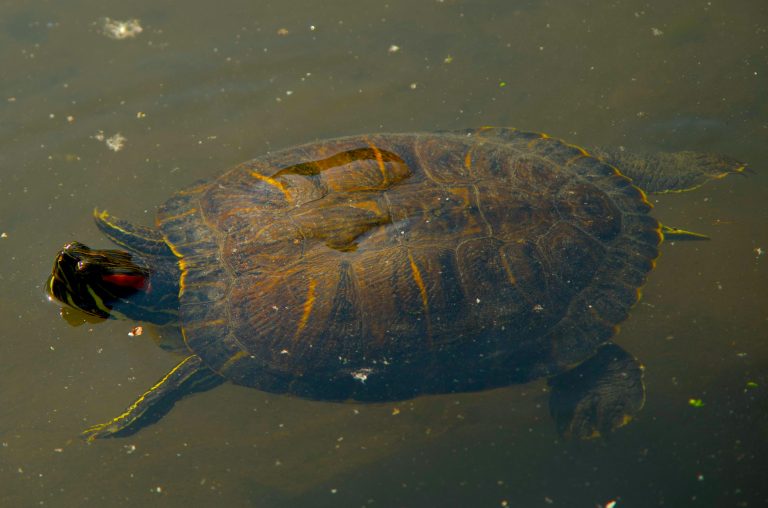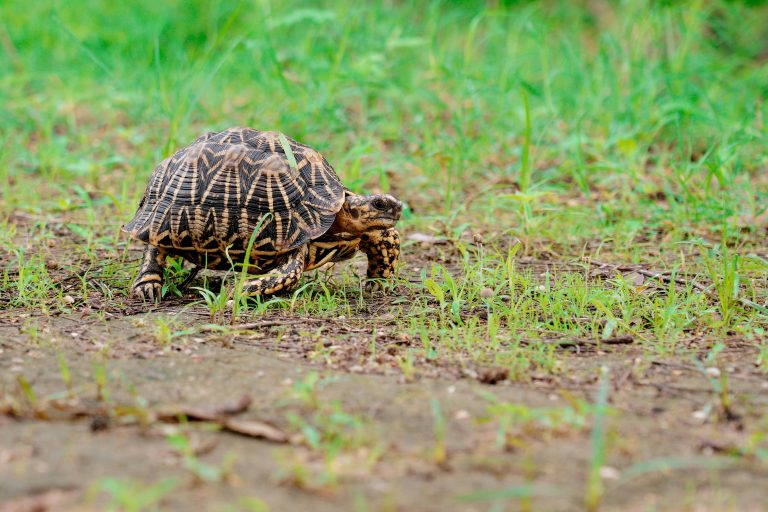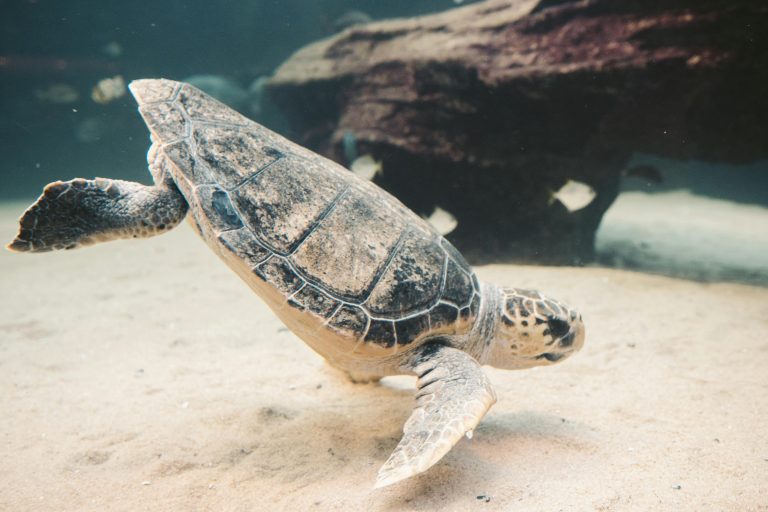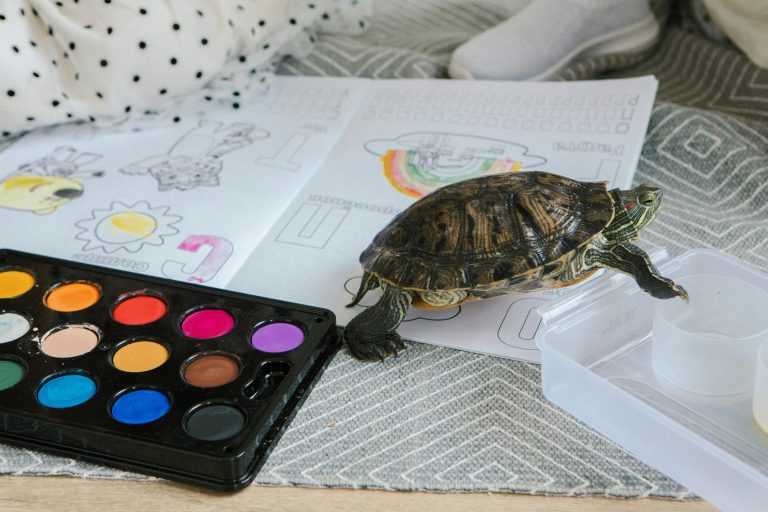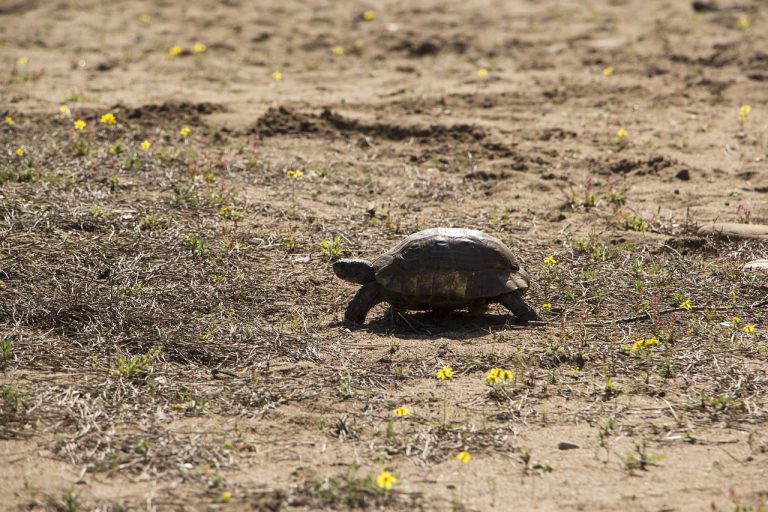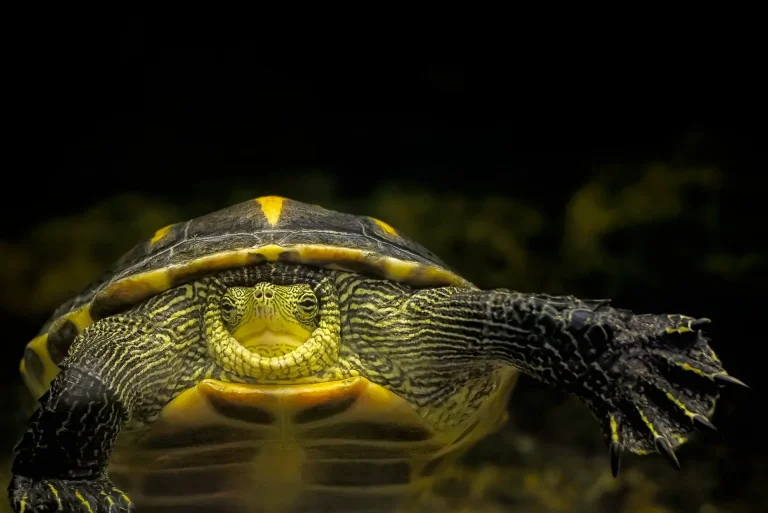Musk Turtle Lifespan: How Long Do Musk Turtles Live?
If you’re considering bringing a baby musk turtle into your home, it’s worth noting that you could be in it for the long haul. Turtles have a reputation for outliving many other pets, so it’s essential to understand the commitment you’re making. Checking the average life expectancy of any turtle species can help you decide if you’re ready for the long-term responsibility.
For musk turtles, their lifespan can range from 30 to 60 years. However, this can vary depending on the specific species. Some musk turtles may live for as little as 15 years, while others can thrive for up to 60 years.
In an upcoming article, I’ll detail the average lifespan of each musk turtle species. Additionally, I’ll provide tips on how you can ensure your musk turtle enjoys a long and healthy life. Stay tuned to gain valuable insights into caring for these fascinating creatures and ensuring a lasting bond with your new pet.
Musk Turtle Lifespan: How Long Do They Live?
Certainly! Below is the Musk Turtle Lifespan Chart detailing the average life expectancy of various musk turtle species:
| Musk Turtle Species | Lifespan | Facts |
|---|---|---|
| Razorback Musk Turtle | More than 25 years | Named for the sharp keel on their carapace, Razorback Musk Turtles typically live around 20 to 25 years in captivity. The longest recorded lifespan is 29 years. Researchers are still determining wild lifespan. |
| Flattened Musk Turtle | 40 to 60 years | With a flat carapace, these turtles can live up to 50 to 55 years in captivity, with males taking nearly 60 years to develop a straight carapace of 12 centimeters. |
| Intermediate Musk Turtle | Unknown | The lifespan of Intermediate Musk Turtles remains unknown due to limited knowledge and resources. Once believed to be a hybrid, they’re now recognized as a distinct species. |
| Loggerhead Musk Turtle | More than 20 years | Native to the southern US, Loggerhead Musk Turtles live around 21 years in the wild, with a recorded maximum captivity lifespan of 23 years 11 months. |
| Common Musk Turtle | 30 to 60 years | Also known as Eastern Musk Turtles or stinkpots, these turtles can live up to 55 to 60 years in captivity, earning their name from the musky odor they emit when threatened. |
| Narrow Bridged Musk Turtle | More than 15 years | While visually striking, Narrow Bridged Musk Turtles have a shorter lifespan, with a maximum recorded captivity lifespan of 16.1 years. |
| Stripe Neck Musk Turtle | More than 20 years | Recognizable by stripe linings on their necks, these turtles typically live around 20 years. |
| Mexican Giant Musk Turtle | More than 30 years | Growing up to 15 inches or more, these turtles have an average lifespan of 30 years, with a maximum recorded captivity lifespan of 33.5 years. |
Each species offers its own unique characteristics and care requirements, but regardless of the type, providing a nurturing environment is key to ensuring a long and healthy life for your musk turtle companion.

Factors That Affect A Musk Turtle’s Lifespan
Absolutely, the longevity of a musk turtle, whether in captivity or in the wild, is influenced by various factors, much like humans. Let’s break down how these factors affect their lifespan:
Environment: The environment plays a crucial role in a musk turtle’s lifespan. In the wild, they have access to ample space and natural resources. However, in captivity, owners must replicate their native habitat. This includes providing appropriate basking spots with UV lamps to boost immunity and aid in calcium absorption. A clean and warm environment helps prevent illnesses such as respiratory infections, which can shorten a turtle’s lifespan.
Diet: A musk turtle’s diet is essential for its overall health and longevity. In the wild, they feed on a variety of insects, worms, and other small prey. In captivity, providing a balanced diet of commercial turtle food, supplemented with occasional treats like seafood or invertebrates, ensures they receive the necessary nutrients. Proper nutrition prevents deficiencies and illnesses that can shorten their lifespan.
Health Care: Regular health care is vital for maintaining a musk turtle’s well-being. Regular check-ups with a veterinarian can help detect and treat any potential health issues early on. Common health threats include fungal infections, vitamin deficiencies, scratches, shell infections, respiratory diseases, and parasites. Treating these conditions promptly can help prolong a musk turtle’s lifespan.
Overall, ensuring a suitable environment, providing a balanced diet, and addressing any health concerns promptly are essential for maximizing a musk turtle’s lifespan, whether in captivity or the wild. By meeting these needs, turtle owners can enjoy the company of their shelled companions for many years to come.
How To Help A Musk Turtle Live A Long Life?
Absolutely, as a responsible owner, you play a vital role in ensuring your pet musk turtle lives a long and healthy life. Here are some essential tips to help you achieve that:
- Provide Adequate Space: Ensure your musk turtle has enough space to move around comfortably. For a single adult musk turtle, a minimum of a 20-gallon tank is recommended. If you have multiple turtles, increase the tank size accordingly to prevent stress and promote a healthy lifestyle.
- Create a Basking Area: Set up a small basking dock in the terrarium with a basking temperature between 90 to 100 degrees Fahrenheit. This allows your turtle to regulate its body temperature and aids in digestion. Use a heating lamp to control the temperature and a UV lamp to provide essential UVB rays for proper calcium absorption and overall well-being.
- Maintain Water Temperature: Musk turtles are aquatic creatures and require warm water temperatures of around 80 degrees Fahrenheit. Use a tank heater to regulate the water temperature and ensure your turtle stays active and healthy.
- Ensure Clean Water: Musk turtles are sensitive to dirty water and can become sick if exposed to unclean conditions. Install a water filter to maintain water quality and neutralize harmful elements like ammonia. Regular water changes and tank cleaning are essential to prevent bacterial or fungal infections.
- Provide a Balanced Diet: Offer your musk turtle a balanced diet consisting of meat, shrimp, small fish, crickets, and worms, supplemented with essential vitamins and minerals. Avoid overfeeding and provide variety to ensure your turtle receives all the necessary nutrients for a strong immune system.
- Regular Maintenance: Replace the water in the tank weekly and clean the entire enclosure monthly to prevent the buildup of harmful bacteria or fungi. Thorough cleaning helps keep your turtle healthy and happy.
- Regular Vet Checkups: Schedule regular checkups with a reptile veterinarian to monitor your turtle’s health and address any potential issues early on. Don’t hesitate to seek medical attention if you notice any signs of illness in your pet.
By following these tips and providing proper care, you can help your musk turtle live a long and fulfilling life. While captive musk turtles generally live longer than their wild counterparts due to better care and access to medical treatment, it’s essential to be vigilant and proactive in maintaining your turtle’s health and well-being.
Before Leaving…
The musk turtle’s lifespan spans from 15 to 60 years. By providing attentive care and affection, a captive musk turtle can thrive to its fullest potential. As a turtle enthusiast, it’s your duty to utilize all available resources to guarantee a healthy and prolonged life for your beloved pet musk turtle.
